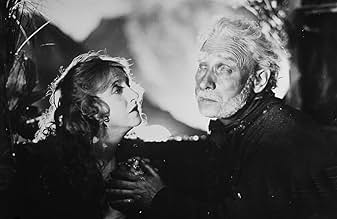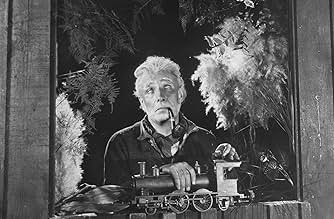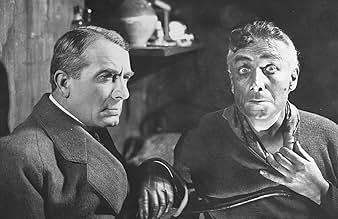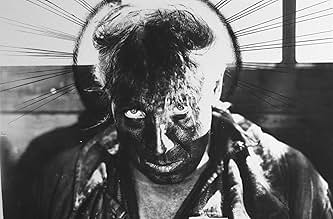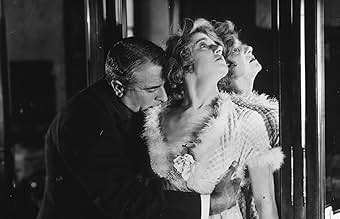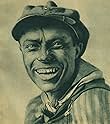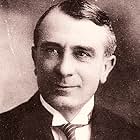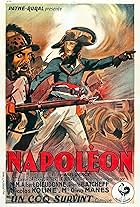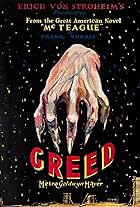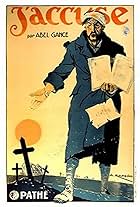A railway engineer adopts a young girl orphaned by a train crash. Years later when she starts getting suitors, he grapples with whether or not to tell her the truth about her parentage.A railway engineer adopts a young girl orphaned by a train crash. Years later when she starts getting suitors, he grapples with whether or not to tell her the truth about her parentage.A railway engineer adopts a young girl orphaned by a train crash. Years later when she starts getting suitors, he grapples with whether or not to tell her the truth about her parentage.
- Awards
- 1 win
- Director
- Writer
- All cast & crew
- Production, box office & more at IMDbPro
Storyline
Did you know
- TriviaAkira Kurosawa stated this was the film that made the greatest impression on him before he began working in the film industry.
- GoofsWhen Sisif is running in front of the locomotive, the first shot has the locomotive numbered 475. In subsequent shots, the number on the loco is 2013.
- Quotes
Title Card: [Notes written in secret] The engine driver Duterne drinks wine. The engine driver Chaume drinks water. The stoker Larment drinks beer. The stoker Leger drinks vermouth... Sisif, engineer first class, drinks large amounts of alcohol.
- Alternate versionsOriginally released to the public with a running time of just over 5 hours. Later edited down to 2 1/2 hours. .
- ConnectionsEdited into Histoire(s) du cinéma: Une histoire seule (1989)
Sisif, an engineer, a "man of the rails," finds an orphaned child after a railroad crash. He takes this child, Norma, home to raise as his own, alongside his son Elie. Fifteen years pass, Norma grows into a beautiful, free-spirited woman. Sisif begins to look at his adopted daughter in a way that is very unfatherly, nor is he alone in his desire. Elie, Sisif's son, seems to have feelings for his "sister," feelings Norma shares. Uncontrolled passions lead to tragedy until the (somewhat) optimistic ending. The film's first half takes place either in the family home surrounded by rails or around the railyards. The background of the railroad, with its grime and smoke, does add to the ambiance of the film. The second half is largely set in the snow covered alps. Both halves possess a realism due to the locations.
There are sections in La Roue that rank among the best in silent cinema. My favorite is the sequence where Norma leaves for Paris, a sequence about halfway through the film. She says goodbye to her home in a series of beautifully poetic shots. Then, she boards a train driven by her "father." En route, a fit of jealousy consumes Sisif. He plans to crash the train. What follows is a series of fast edits that are as advanced as anything used by the Russians from this time period. It is hard not to be awed by the sequence. Nor, is this the only one. La Roue has about half a dozen such eye-popping moments. It also features a moving finale that seems earned.
It should also be noted that La Roue, even in the shortened cut that remains, runs four hours and twenty minutes. It cannot be watched casually! I spent one whole day with Flicker Alley's DVD, homebound due to an aching leg and a reeling stomach. Others may not have the infirmity (and the patience) for that type of commitment. I can understand. The running time, even shortened, is overly generous for the story told. There are sections that drag. A certain repetitious quality hurts the film (one character tries three separate times to kill himself with a train). La Roue is not an epic like Lawrence of Arabia, or, rather, La Roue is an intimate epic, about people, about desire, and about despair. Most certainly the story did not need the indulgent running time, but I'm glad the film exists just as an example of a filmmaker going for broke. I even felt my day was well spent, even if the idea of watching La Roue in its entirety a second time seems more like combat than entertainment.
- How long is The Wheel?Powered by Alexa
Details
- Runtime6 hours 57 minutes
- Color
- Sound mix
- Aspect ratio
- 1.33 : 1
Contribute to this page


